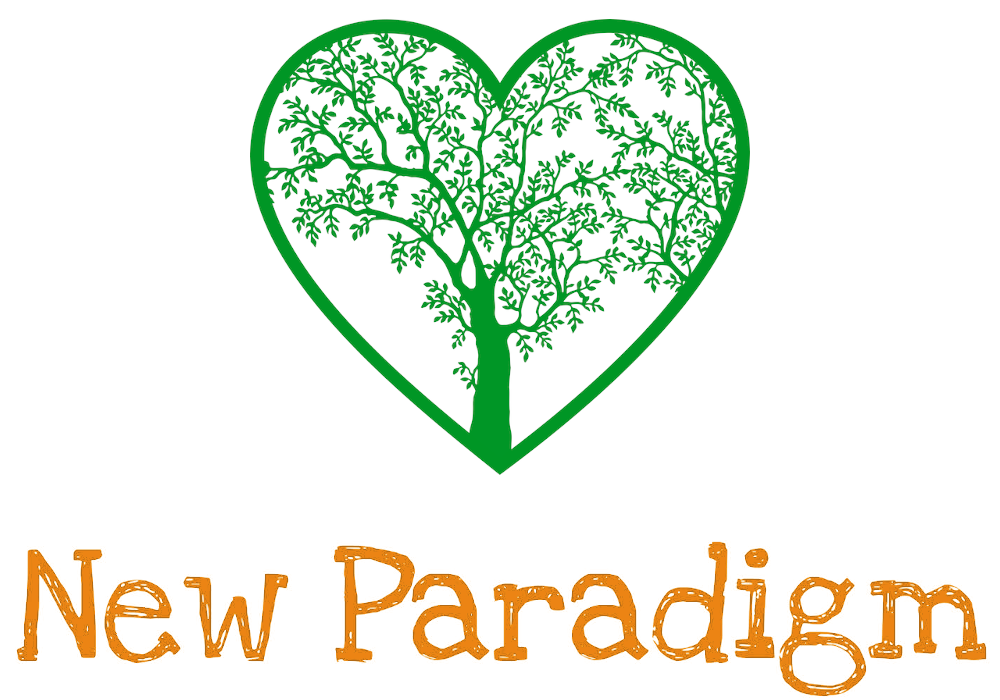
It has been said that when culture defines politics, you have democracy, but when politics defines culture, you have tyranny. Although this concept is directed specifically at the political condition of a nation, it can have much broader implications. In fact, this very metric can be used to show the controlling nature of the Old Paradigm in terms of the way it has shaped culture, not just throughout human history, but also in more modern times. This control takes both subtle and blatant forms and can be witnessed in virtually every aspect of day-to-day life.
The Two Types of Restrictions
One of the most common ways in which the Old Paradigm has controlled culture is through the restrictions placed on people. This isn’t to say that restrictions of any kind are bad or oppressive. Rather, it is to say there are two types of restrictions─ one that serves to protect the people, and the other that serves to control the people. Fortunately, telling the two apart is actually quite easy to do.
The best way to illustrate the difference between restrictions that protect and restrictions that control is to take a look at an area where both exist side-by-side. One of the best examples of such an area is the marriage model, something that affects almost every living person today. Every country has a group of laws that determine what is allowed and what isn’t allowed when it comes to marriage. These laws cover such things as age, gender, number and even race. So, how do you tell which laws are controlling and which laws are protective in nature? Simply put, all you need to do is ask the question, “Who does this restriction protect?” If you are able to come up with a list of people served by the restriction, then it is protective, or compassion-driven in nature. However, if you are unable to find any evidence where people benefit from the restriction, then it is control-driven in nature. It’s really that simple.
Taking the restrictions on race, many of which were overturned during the Civil Rights era, the question is who is protected by prohibiting marriage between people of different ethnicities? The obvious answer to this question is no one. No person is protected by prohibiting interracial marriage. The proof is in the fact that no one is harmed in the event that two people of different racial backgrounds do get married. Therefore, this is a control-driven restriction.
The same applies to same-sex marriage. Who is protected by laws that prohibit people of the same gender sharing their lives together? No one. And no one is harmed in the event that same-sex marriage is permitted. This same test can be used in other areas, such as restrictions in joining the military, where race and sexual orientation played a huge role in eligibility until very, very recently. Such restrictions were overturned only when it was demonstrated that they offered no actual benefit to anyone involved. Unfortunately, there remains a great deal of pushback by those who prefer the controls offered by the Old Paradigm.
When you examine the restrictions on age in marriage, you reach a different yet obvious conclusion. Who is protected by prohibiting twelve-year olds from getting married? Twelve-year olds, that’s who. The same can be said for the restrictions that prohibit twelve-year olds from flying planes, driving cars, drinking alcohol, and owning firearms. Who is protected by prohibiting children from flying planes? EVERYONE. Therefore, age restrictions are almost always a clear example of protective, or compassion-driven restrictions. Which is why the idea of taking them away is seen as ludicrous at best and downright dangerous at worst.
The Purpose of Control-Driven Restrictions
The purpose of compassion-driven restrictions should be pretty obvious to all. In short, such restrictions help protect any parties directly involved, and ultimately society in general, from the harm that would come as the result of a particular practice or behavior. But what of control-driven restrictions? Just what purpose do they serve, both directly and indirectly? The simple truth is that control-driven restrictions serve the single function of enforcing conformity.
One of the main ways that the Old Paradigm exerts control over people is to force everyone to fit into a single mold. This includes such things as the religion you practice, the political values you subscribe to, and even the type of job you have. Creating the ‘ideal image’ of a person is a subtle way of directing people toward one destination and away from all others. However, when this ideal image isn’t enough to get people to fall in line, then the carrot is replaced by the stick. And that stick is control-driven restrictions.
American culture during the early to mid-twentieth century approached this from both angles at once, employing the carrot and stick simultaneously. On the one hand you had the image of the ideal couple─ white, happily married, living in a small cottage with a picket fence and happy, affluent white neighbors. The wife stayed at home, cooking and cleaning like the nice Christian woman she was, while the man of the house went out and earned their livelihood. This image created the backdrop for everything including movies, songs and even greeting cards.
However, in case the carrot wasn’t enough, segregation was in full effect, keeping one set of people on one side of the proverbial tracks, and everyone else on the other. Not only was this true in neighborhoods, where admittance was based on race as well as income and other factors, but it was also true wherever people of different races coexisted on a daily basis. Separate doors, restrooms, and seating areas for persons of different racial backgrounds weren’t a bug, they were the feature of the time. Thus, not only were people encouraged to pursue a prescribed type of lifestyle, they were literally prevented from pursuing anything else.
Needless to say, most people today only know of segregation by learning about it in school or hearing stories from those who experienced those horrors. However, it should be noted that a vast portion of the Boomer generation still remember the days when such control-driven restrictions were alive and well. And although the restrictions themselves might be gone, the underlying prejudice often still remains. This extends beyond racial prejudice, however, and covers all areas in life, including religion, sexual orientation and even gender, where women still struggle with issues of equality to this very day.
Overall, control-driven restrictions were and still are put in place where conformity cannot be enforced to the fullest extent. In other words, even though a person can’t be forced to be a different color, they can be forced to be separate and excluded. Where conquest or conversion falls short, conformity kicks in. This is the nature of control-driven restrictions, and it is the very essence of the Old Paradigm as a whole.
